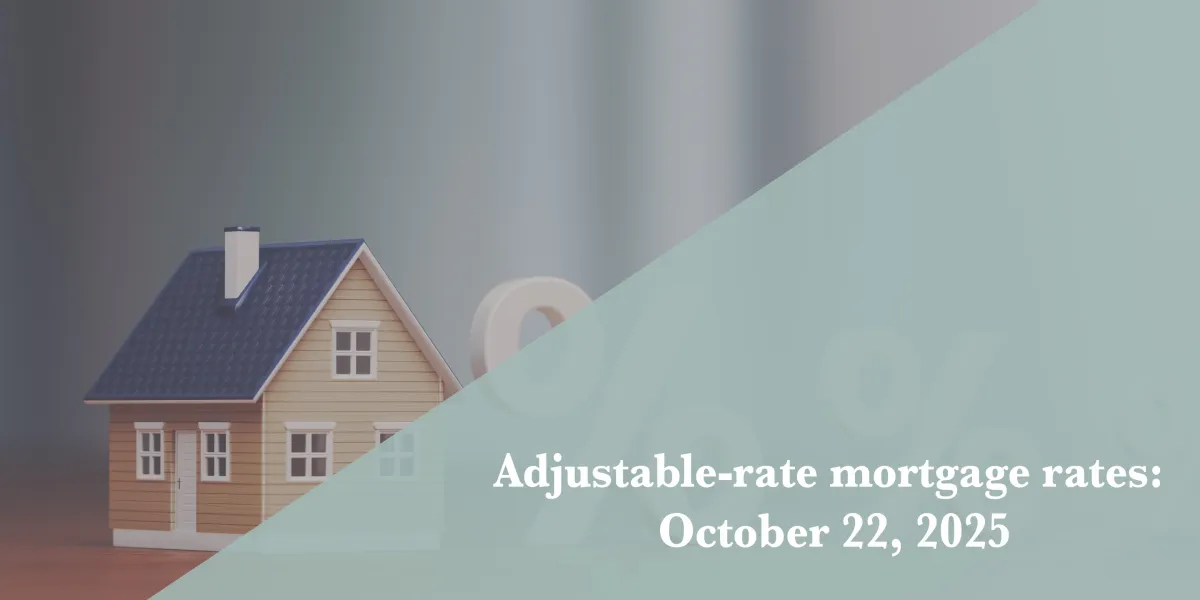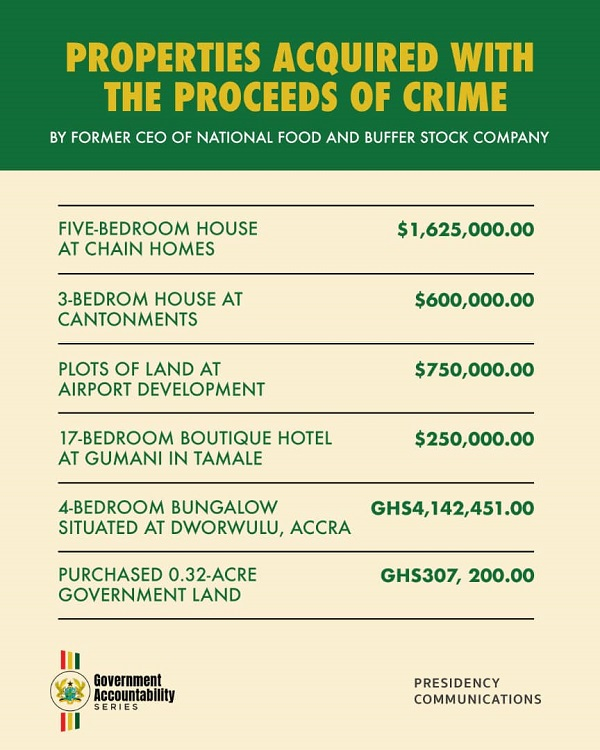Copyright Fortune

Read on and we’ll break down how ARMs work, consider when they might be worth considering over the far more common fixed-rate home loan, and look at ARM rates from a few top lenders. You can see the previous business day’s ARM rates report here. ARM mortgage rates at top lenders Fortune reviewed the most recent data available as of Oct. 21. These are sample rates provided by the institutions. Each one is based off specific assumptions about a hypothetical borrower’s credit profile and location. Estimates may include an assumption of mortgage discount points. If you choose to apply, know that the rate you receive may vary from the sample rates shown here. A 7/6 ARM is one with a fixed rate for seven years, then adjustment periods every six months. Fixed-rate vs. adjustable-rate mortgages Fixed-rate home loans account for about 92% of all mortgages in U.S. households. Unlike ARMs—where interest rates can increase or decrease after an initial fixed period—a fixed-rate mortgage guarantees the same rate for the entire loan term. This consistency gives them an obvious appeal. However, there are situations where ARMs might be worth considering. Roughly 8% of borrowers choose these loans because they see unique advantages. When you might consider an adjustable-rate mortgage Three types of buyers often find ARMs beneficial: Starter home buyers: If you plan to move within a few years, an ARM may let you capitalize on a low initial rate without having to worry about future adjustments, as you intend to sell the home before the fixed period ends. Investors: Real estate investors who intend to flip a house or rent it out may use ARMs to minimize upfront costs, then sell the property or adjust the rent amount when rates change. Buyers facing high-interest markets: During periods of elevated interest rates, ARMs might offer lower upfront costs and may even provide relief later if market conditions improve. How adjustable-rate mortgages work ARMs typically feature a low fixed interest rate for a predetermined period—such as three, five, seven, or 10 years—followed by periods of adjustment. Factors affecting ARM rates during the adjustments include: Benchmark indices: ARM rates are often tied to benchmarks like the SOFR. The U.S. Treasury publishes an updated SOFR each day, reflecting the overnight costs faced by banks for borrowing cash. Margins: Lenders add margins (fixed percentages) to benchmarks when calculating your ARM’s final rate. These can often range from 2% to 3.5%. Caps: Rate caps limit increases during specific intervals or throughout the loan term (e.g., initial adjustment caps, subsequent caps). In most instances ARMs will be 30-year loans. Popular ARM structures include 5/1 and 10/6—meaning a fixed rate for five years and then annual adjustments, and a fixed rate for 10 years and adjustment periods every six months, respectively. There are also 3/1 ARMs, 7/1 ARMs and 10/1 ARMs. Learn more: Why the Secured Overnight Financing Rate might matter for your mortgage. Refinancing from an ARM to a fixed-rate mortgage If your plans change, you can likely decide to refinance into a fixed-rate mortgage. For instance, say you decide to stay in your home longer than you initially thought you would. You’re not alone if that’s the situation you find yourself in, as many Millennial and Gen Z homeowners can’t afford to upgrade and are getting by with their starter homes. Much like refinancing from one fixed-rate loan to another (which is often done to obtain a better rate or to tap equity) refinancing from an ARM to a fixed-rate loan involves shopping around with lenders, providing documentation to show you meet their requirements, and paying off your existing mortgage. Pros and cons of adjustable-rate mortgages ARMs come with positives and negatives you should weigh before applying for this type of mortgage. And, working with a trusted loan officer can help you determine if this is really the right loan type for you. Here are some basics to consider.



